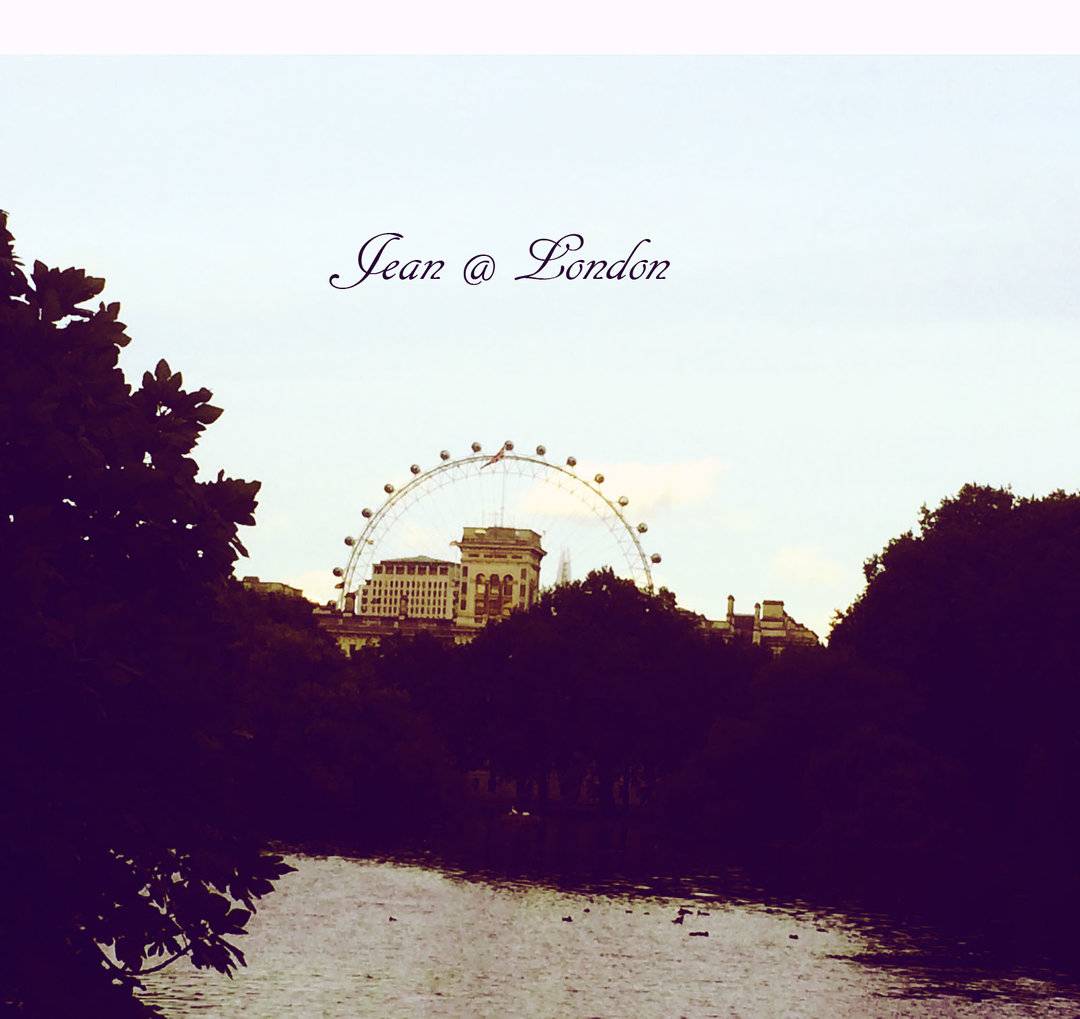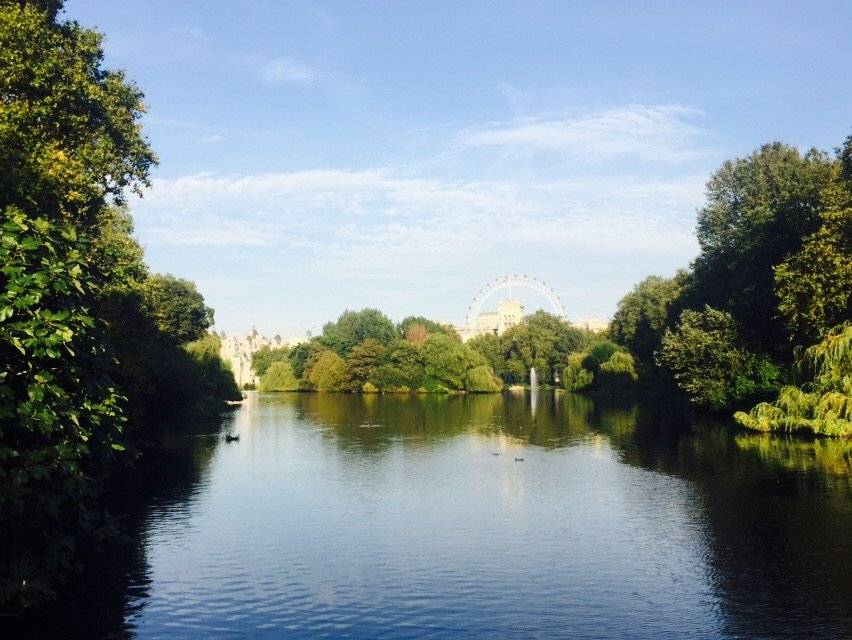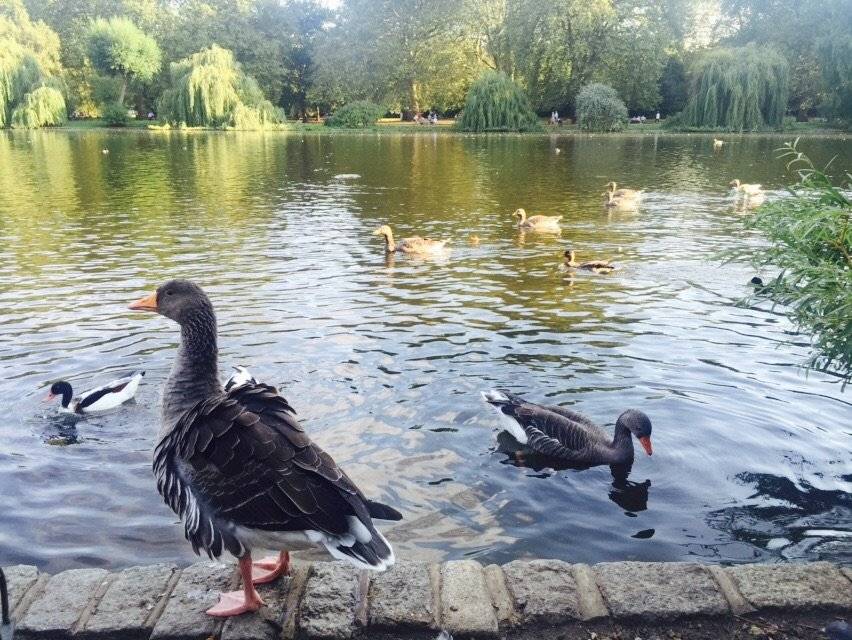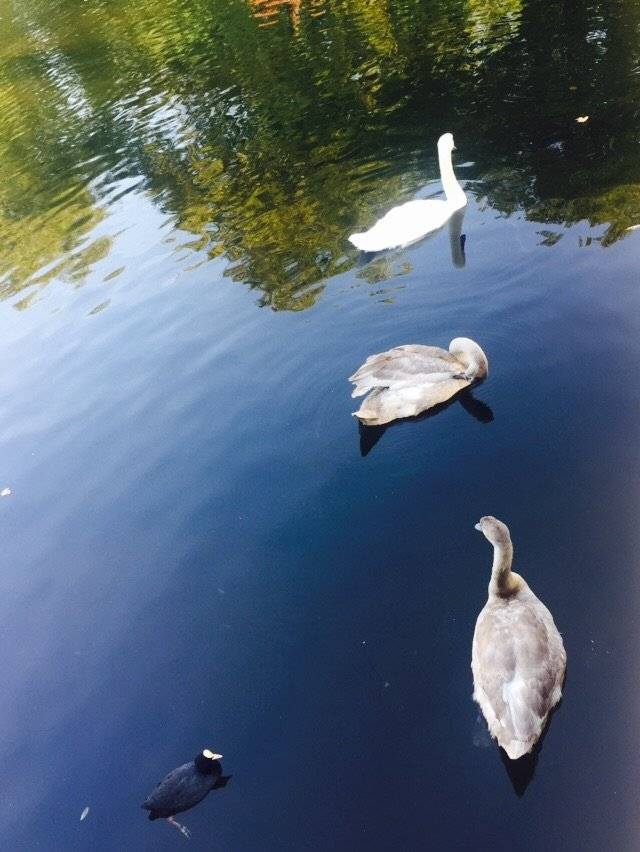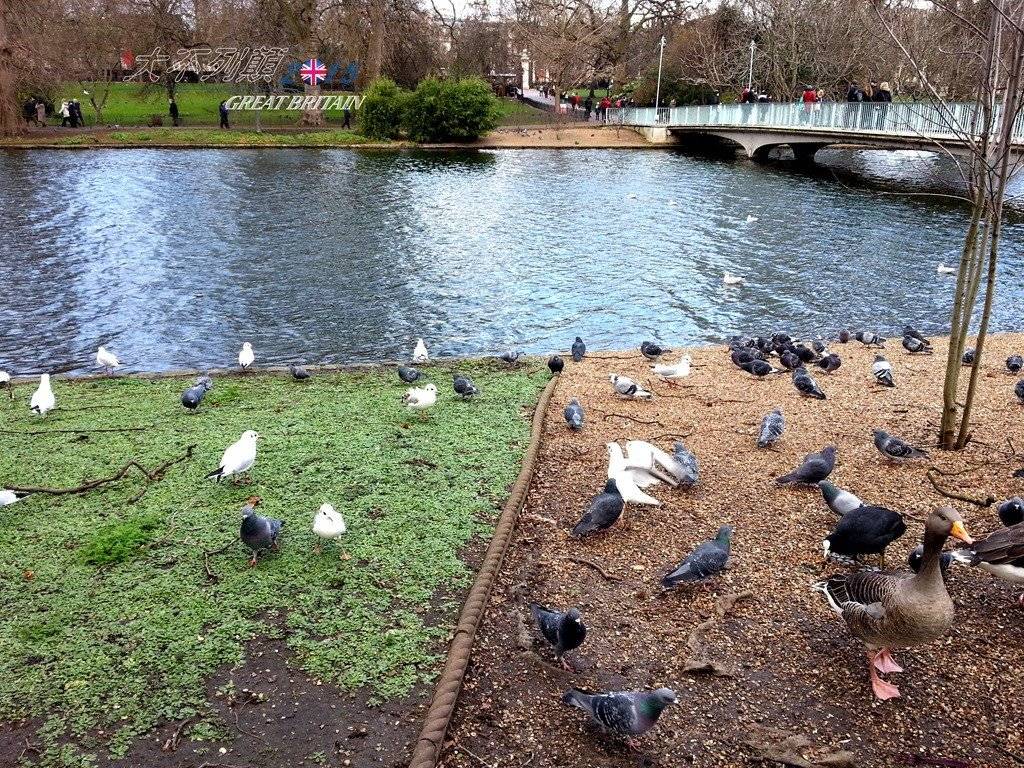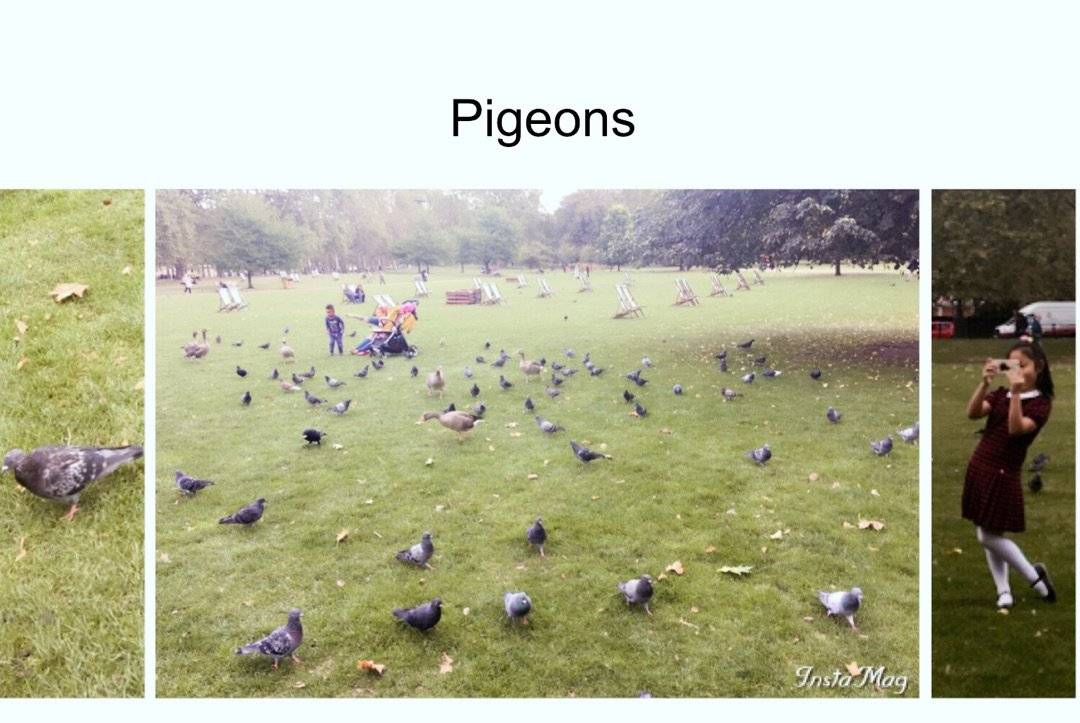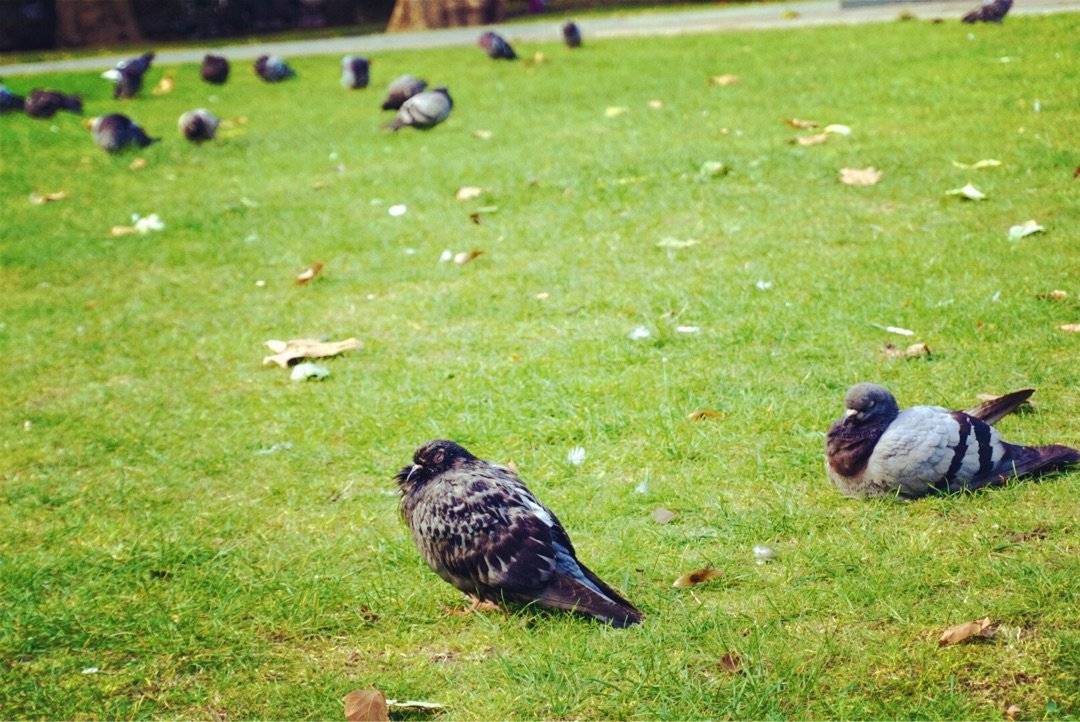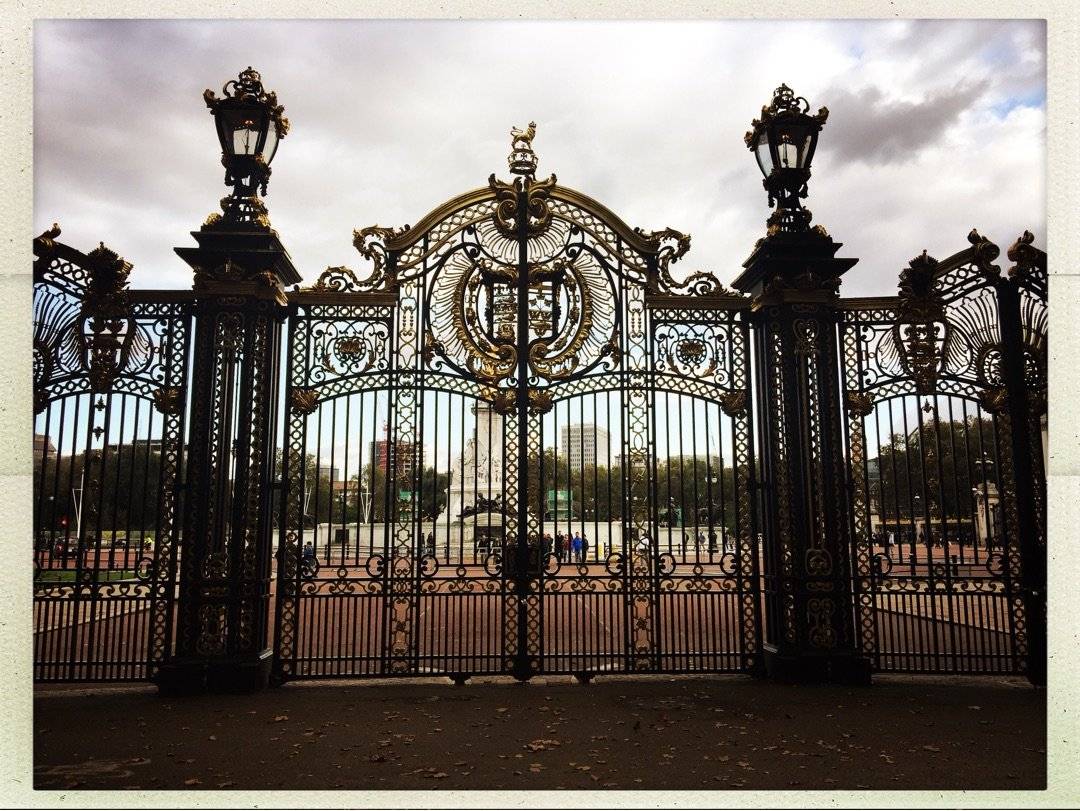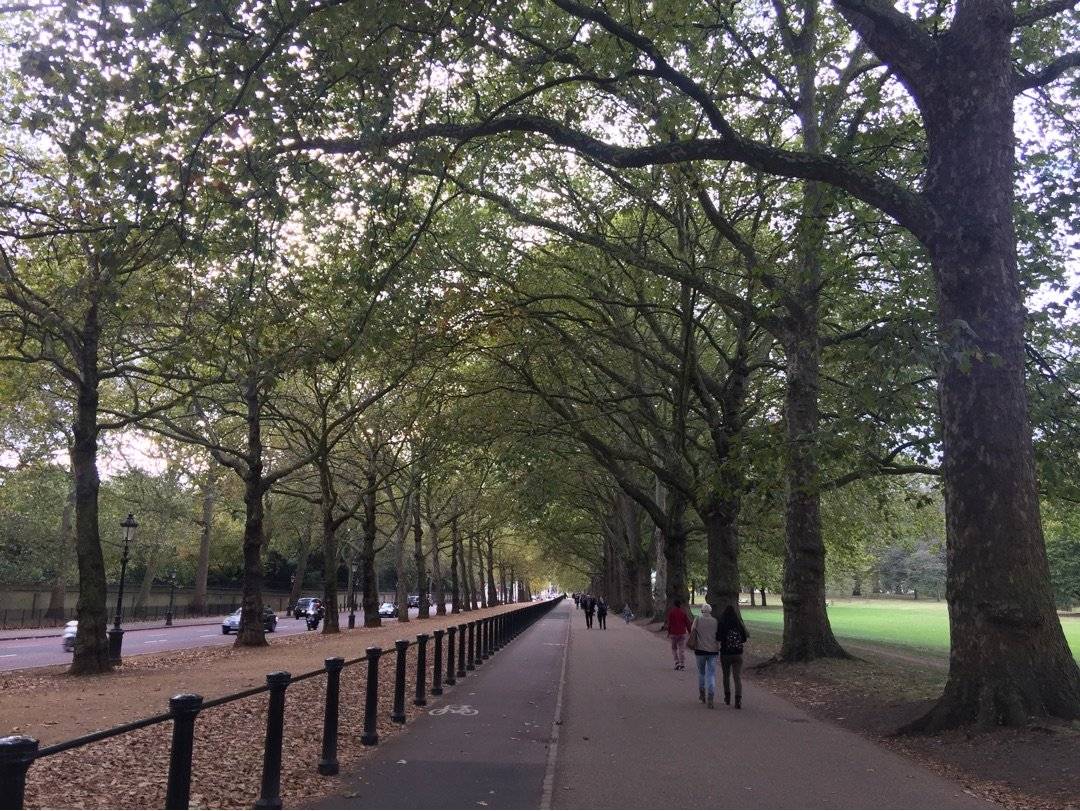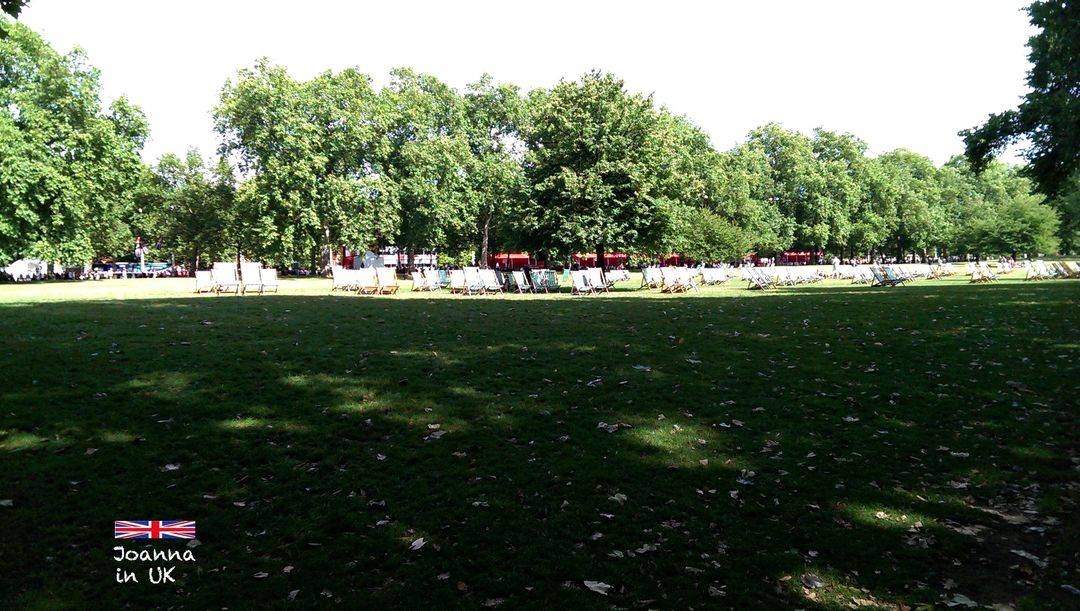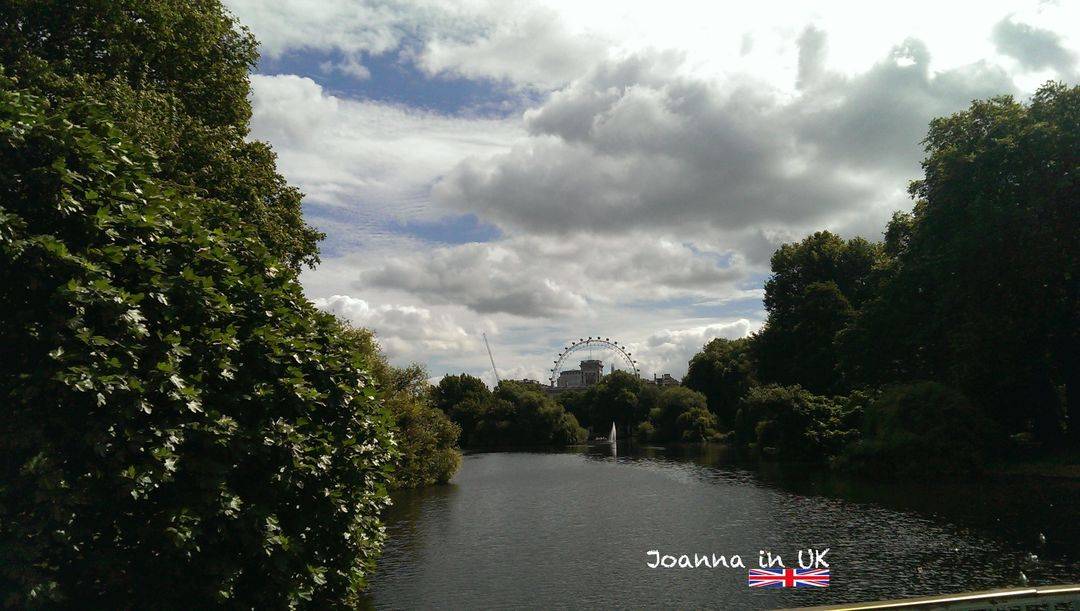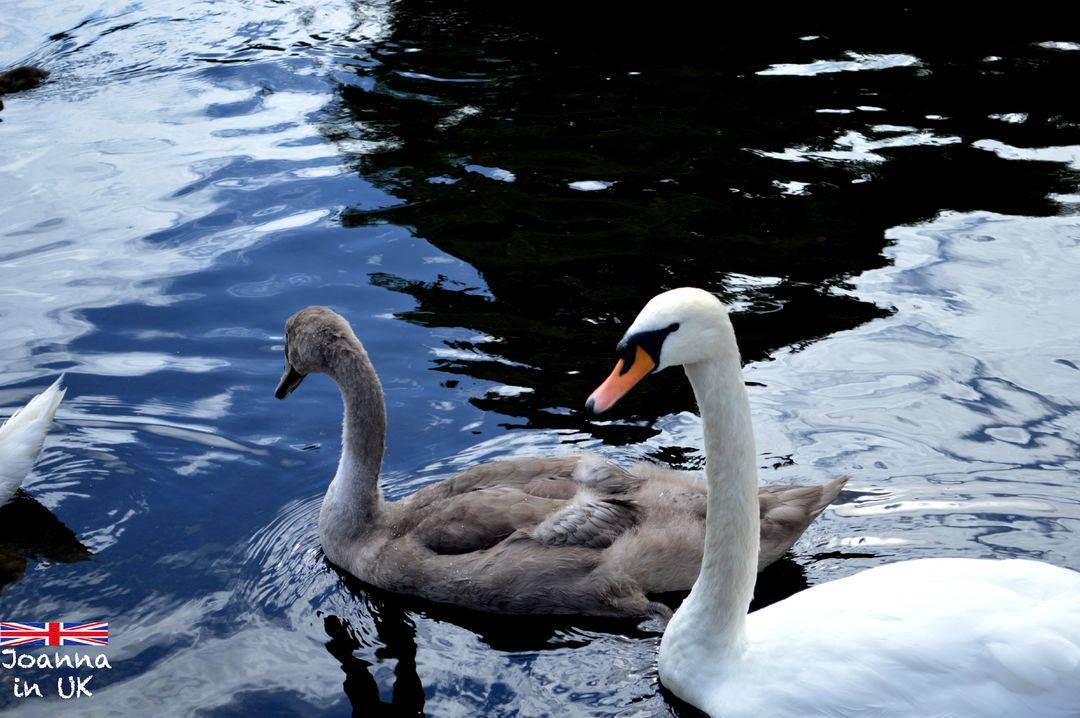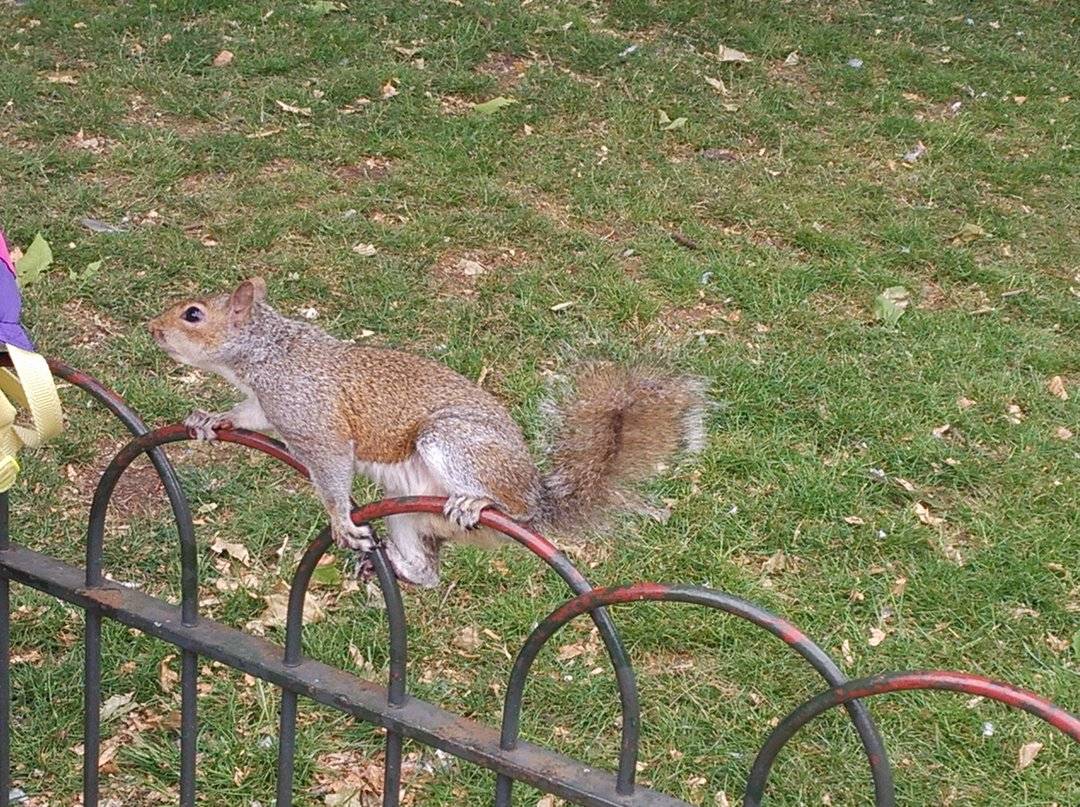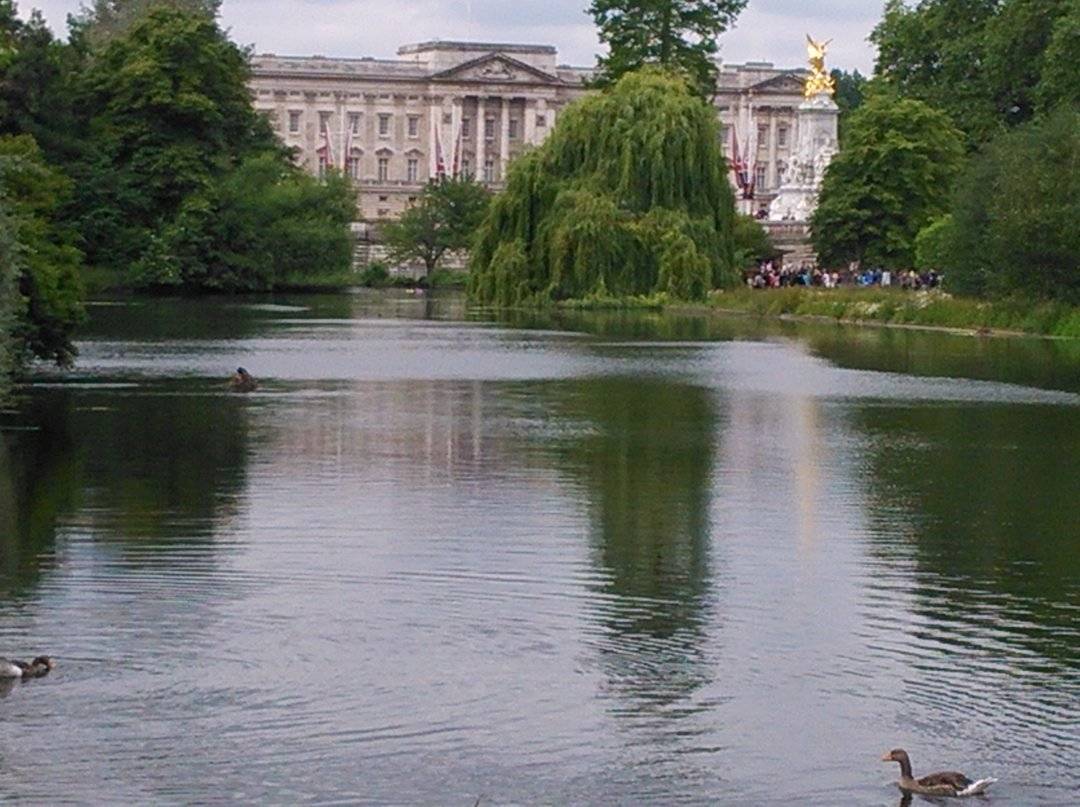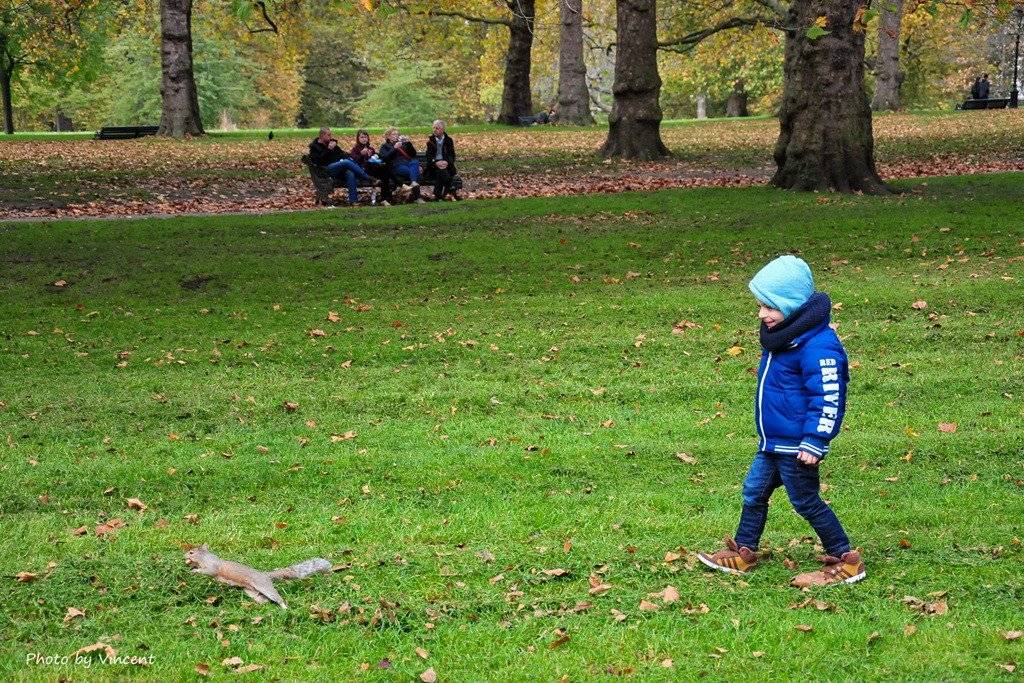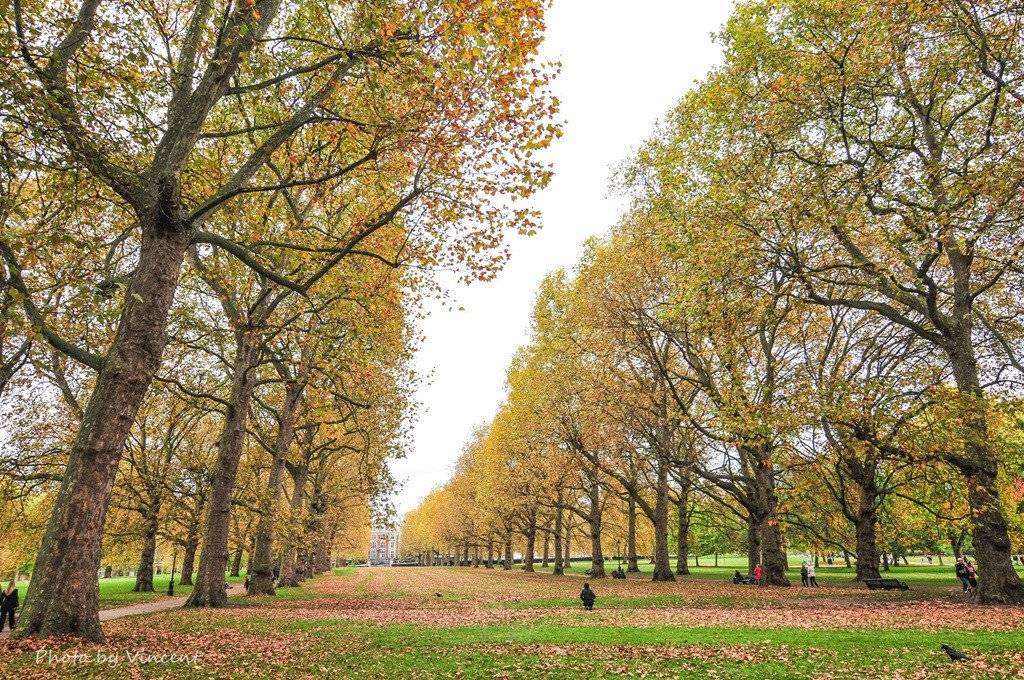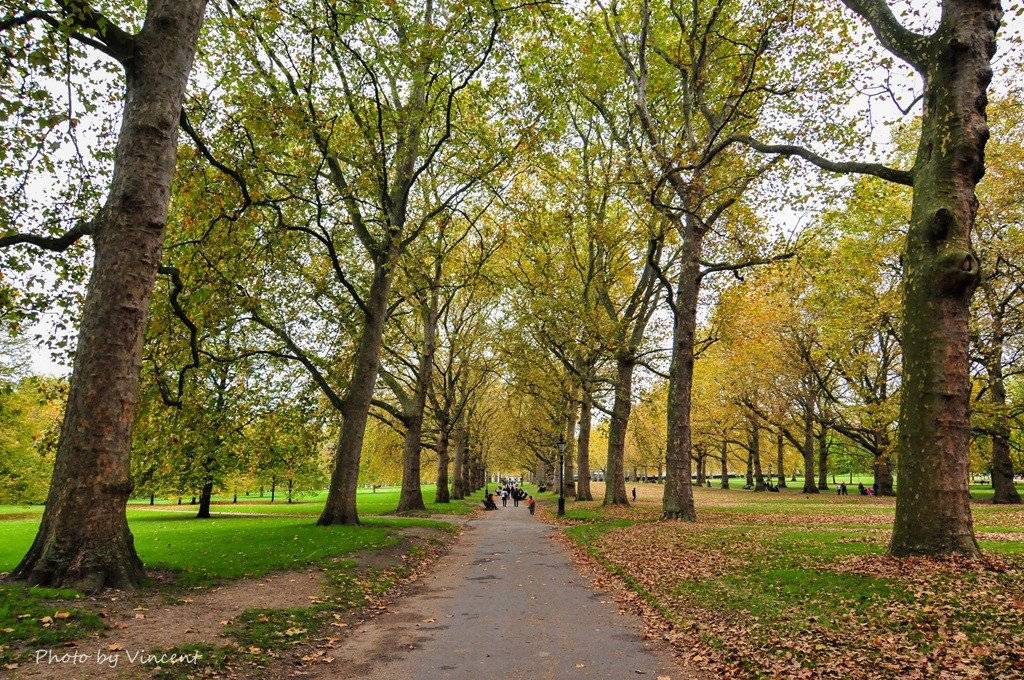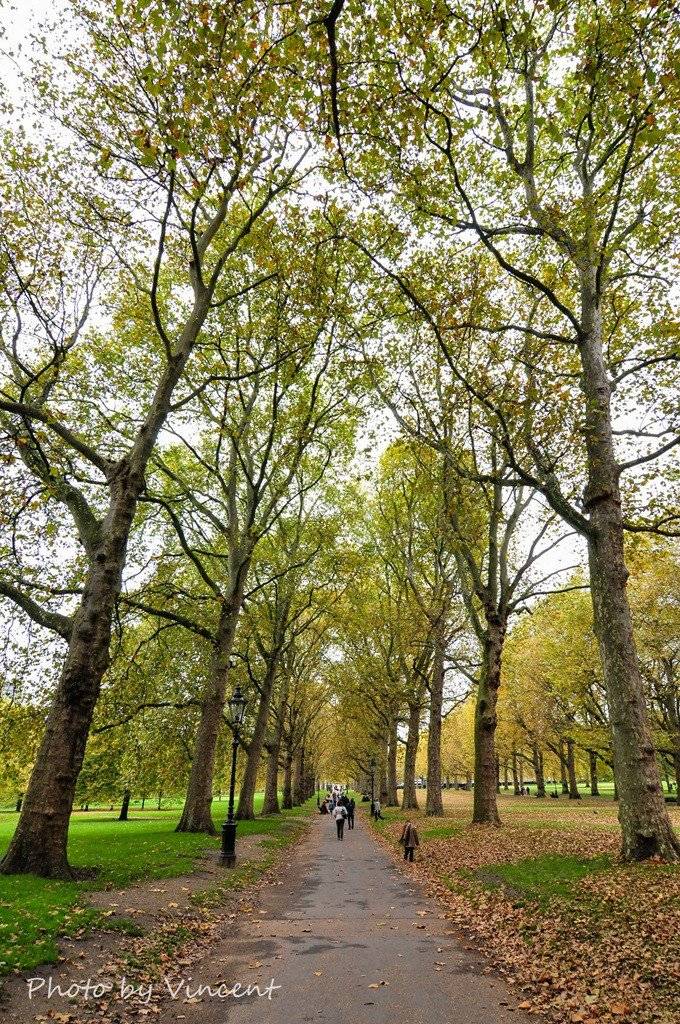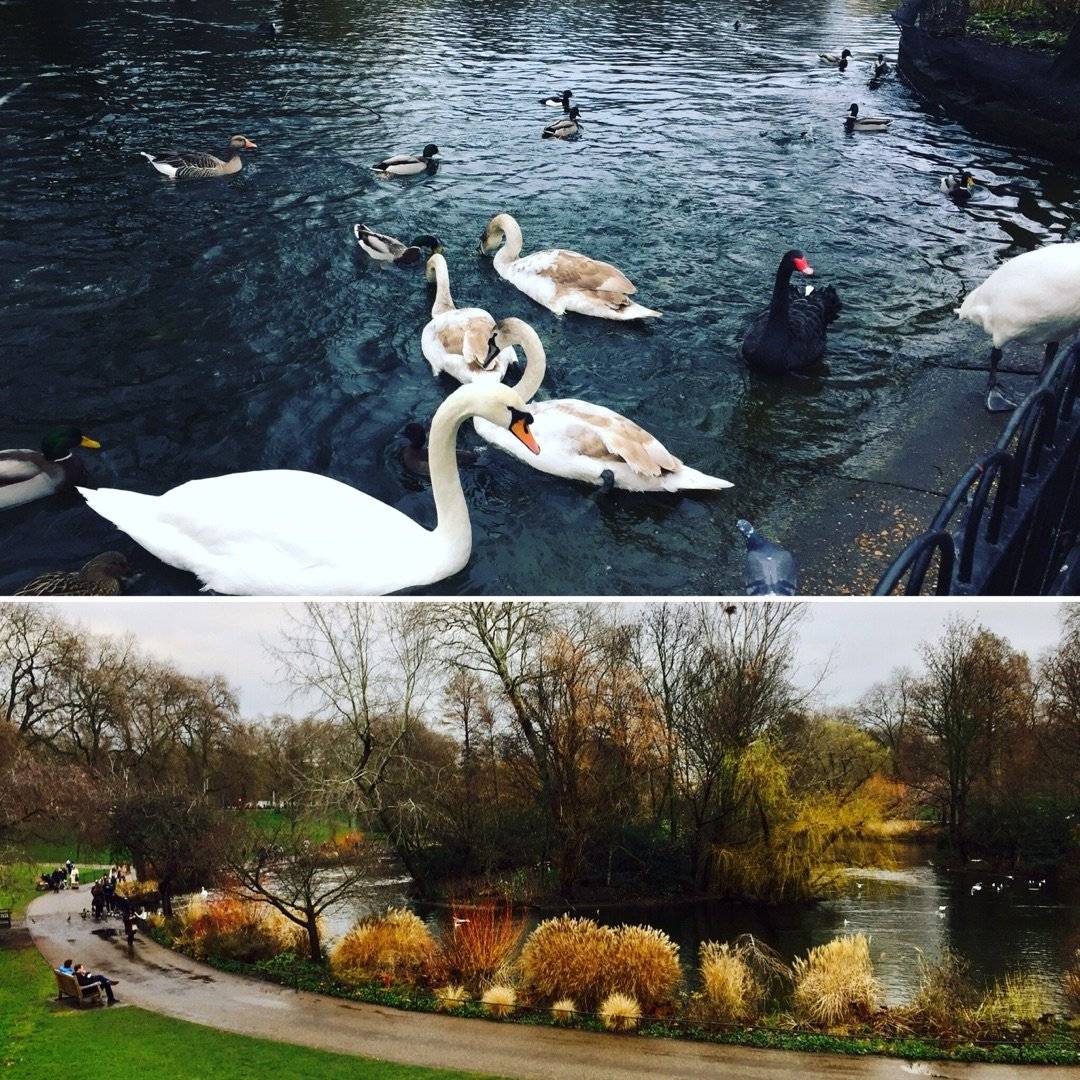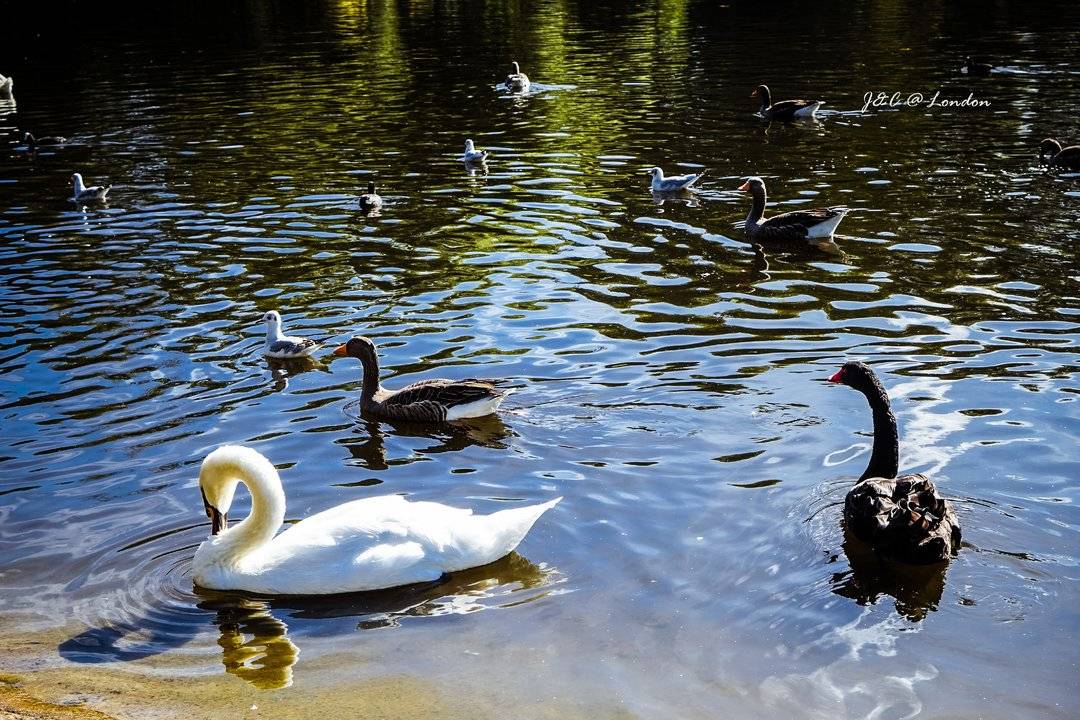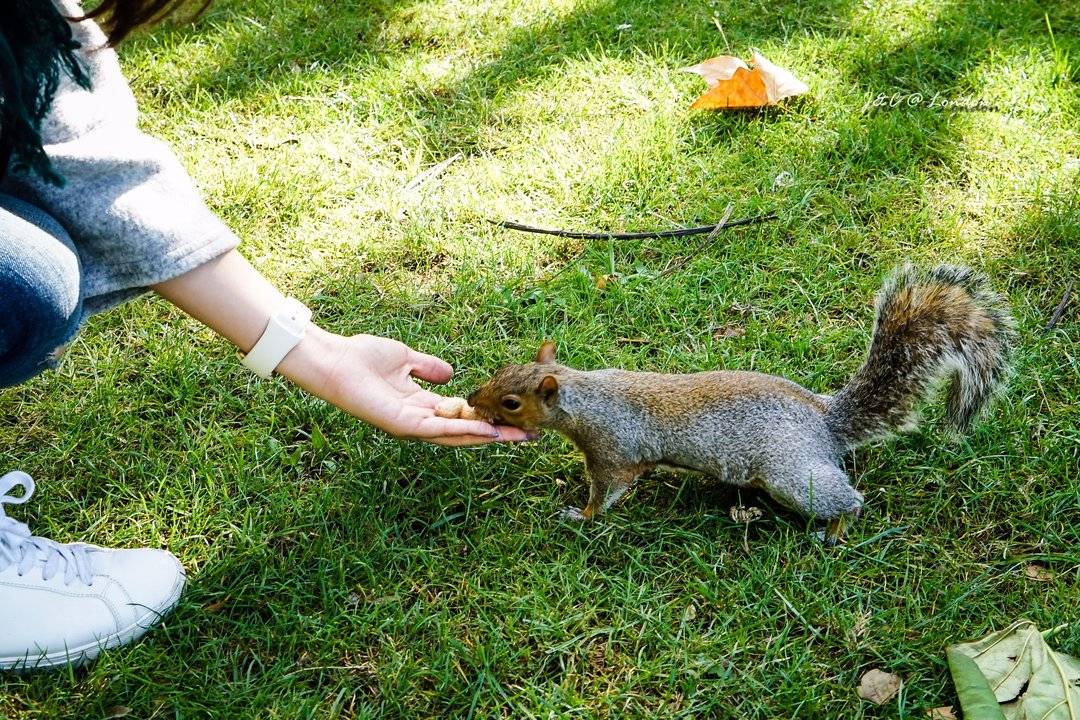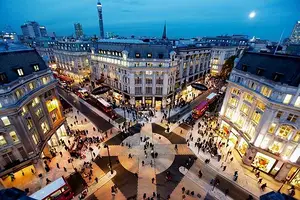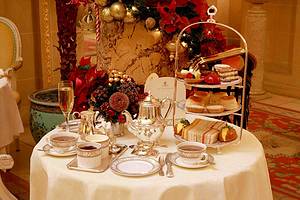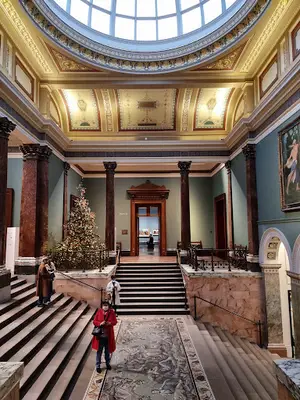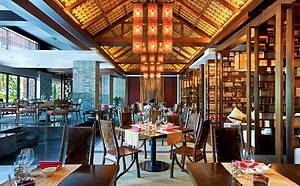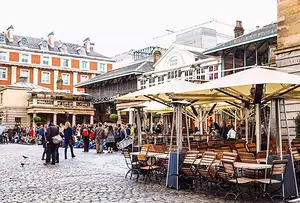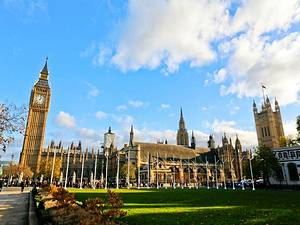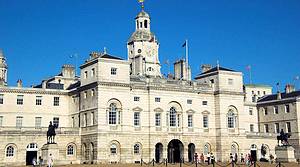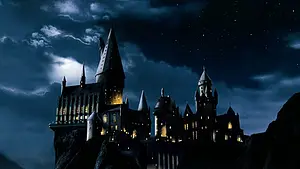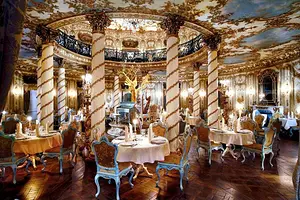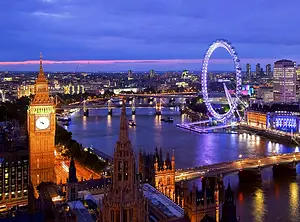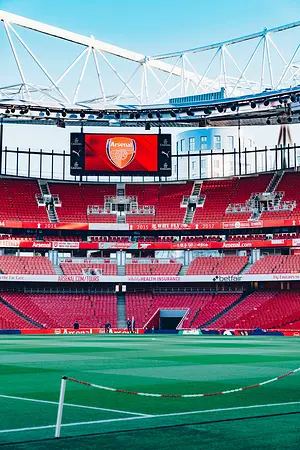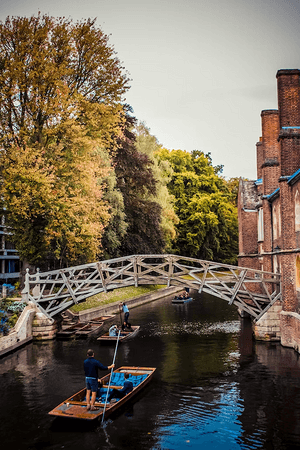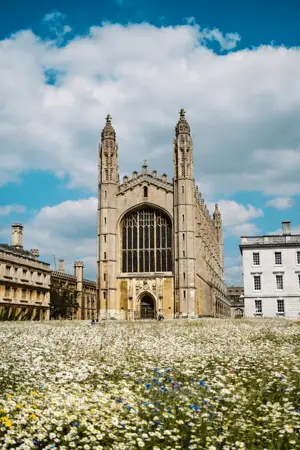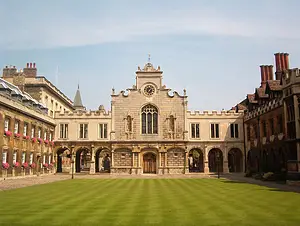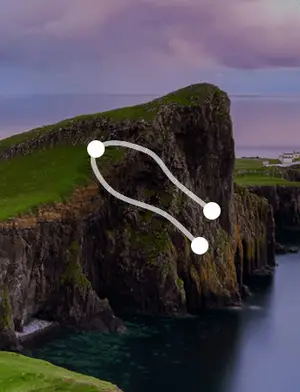St James Park, A Royal Park with Serene Wildlife Oasis
London SW1A 2BJ, UK
4.6
Introduction
St. James's Park, located on the southern edge of the City of Westminster in London, is the oldest of all the Royal Parks, covering 23 hectares. It is named after St. James's Hospital and is adjacent to Green Park and Hyde Park. The east gate of the park leads to Buckingham Palace, while Downing Street is situated on the west side. The park is bordered by The Mall to the north and St. James's Palace to the south.
The park features a large lake, St. James's Lake, with two islands, West Island and Duck Island, and a beautiful blue bridge that crosses the water. The eye-catching Triton Fountain is located south of Duck Island, while the park's playground includes a large sandpit for children.
The history of St. James's Park dates back to 1532 when Henry VIII purchased the marshland and transformed it into a beautiful royal residence. In 1603, James I ordered the marshes to be drained and the area to be transformed into a green space that was home to many rare animals, including camels, crocodiles, elephants, and exotic birds.
In the early 18th century, cows grazed in the park. In 1827, George IV further transformed the park, with architects and landscape designers overseeing the replacement of the straight canal with a more natural lake, and the straight paths with winding paths, making it more romantic.
St. James's Park is served by several nearby tube stations, including St. James's Park, Green Park, Victoria, and Westminster. As the deer park of St. James's Palace, St. James's Park is still considered the most beautiful park in the heart of London. Transportation St. James's subway station is located opposite Buckingham Palace.
 The park next to the palace is indeed beautiful
The park next to the palace is indeed beautiful